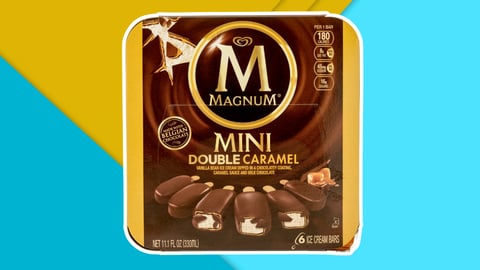How Taylor Stitch Is Iterating at the Speed of Social
Pandemic fatigue is real, and it’s something consumer goods marketing teams know well.
For menswear apparel and accessories brand Taylor Stitch, the initial fatigue wasn’t so much related to COVID as it was to creative (at least from a business perspective). Whether in-house or through its advertising agency, the direct-to-consumer company specializing in personalized products and experiences has always grappled with creative bandwidth, Wilton Gorske, Taylor Stitch director of marketing, tells CGT.
Seeking to alleviate some of the strain on the designers who were pulling double (or triple) duty on the company’s website, social media, and email content, it partnered with martech provider Marpipe in order to more quickly produce ad variants for its multivariate tests rather than creating data merges in Adobe InDesign.
[See also: Inside the Art and Science of Shoe Carnival’s Marketing Strategy]
The move not only better positioned the brand for the ensuring digital acceleration, but it’s also helping it navigate today’s consumer engagement challenges.
The two companies teamed together at the onset of the pandemic — good timing as the rapid increase in both digital ads and CPMs meant the company’s auto-generated standard ad creative was no longer competitive enough, Gorske says.
As result of the integration, Taylor Stitch, which was founded in 2010, grew its number of unique ad creative for testing by 10 times, while it halved its Facebook fatigue rating. It also recorded about a 400% boost in its social following.
In addition to building in more regular ad creation flows into its creative process, Taylor Stitch has also begun incorporating specific asset requests into its seasonal photoshoots. Weekly reporting, meanwhile, provides creative performance insights from the platform for its photo and copy content.
All of these benefits have combined to improve marketing prospecting for new customers, Gorske says, and the company recorded 30% year-over-year new customer acquisition.
“Net new customers is our primary KPI, and the one we've been pleasantly surprised with,” he notes, “though revenue has been phenomenal as well — especially incorporating the average CLV of the ones acquired already.”
The new technology has also been instrumental in navigating today’s unprecedented consumer demand shifts. “We frankly don't have bandwidth for a sole team member to focus on generating paid media creative, so being able to quickly iterate on ad creative, and publish it without handing off assets to our paid media manager at our ad agency partner is a game-changer.”
Though the company has been less affected by today’s supply chain challenges, being able to turn off ads at an individual level in Ads Manager during an unexpected sell-out has also been convenient.
[See also: As Freshly Scales Under Nestle’s Wing, Personalization Becomes Paramount]
As with any new platforms, there was a bit of a learning curve with the new platform, as it differs from the standard Adobe suite. While they ran into a few bugs, Gorske notes, any limitations were resolved through manual adjustments in Facebook Ads Manager.
For other brands seeking to increase both their consumer engagement, Gorske has some familiar advice: “Test, a lot. No matter how experienced you are in the industry, the data often speaks for itself—and speaks differently at different times.”
He also points to the value in having a wide breadth of varied content, as today’s consumers rapidly approach frequency fatigue.
“Anecdotally, I see a lot of the same kind of TikTok and Reels ads that are from brands trying to imitate organic creators,” he notes. “The ones that stick out to me now are the ones that are genuine and aren't trying to trick me into paying attention. That could switch, though, if other brands mimic the same strategy. It's all about trying new content and staying ahead.”





